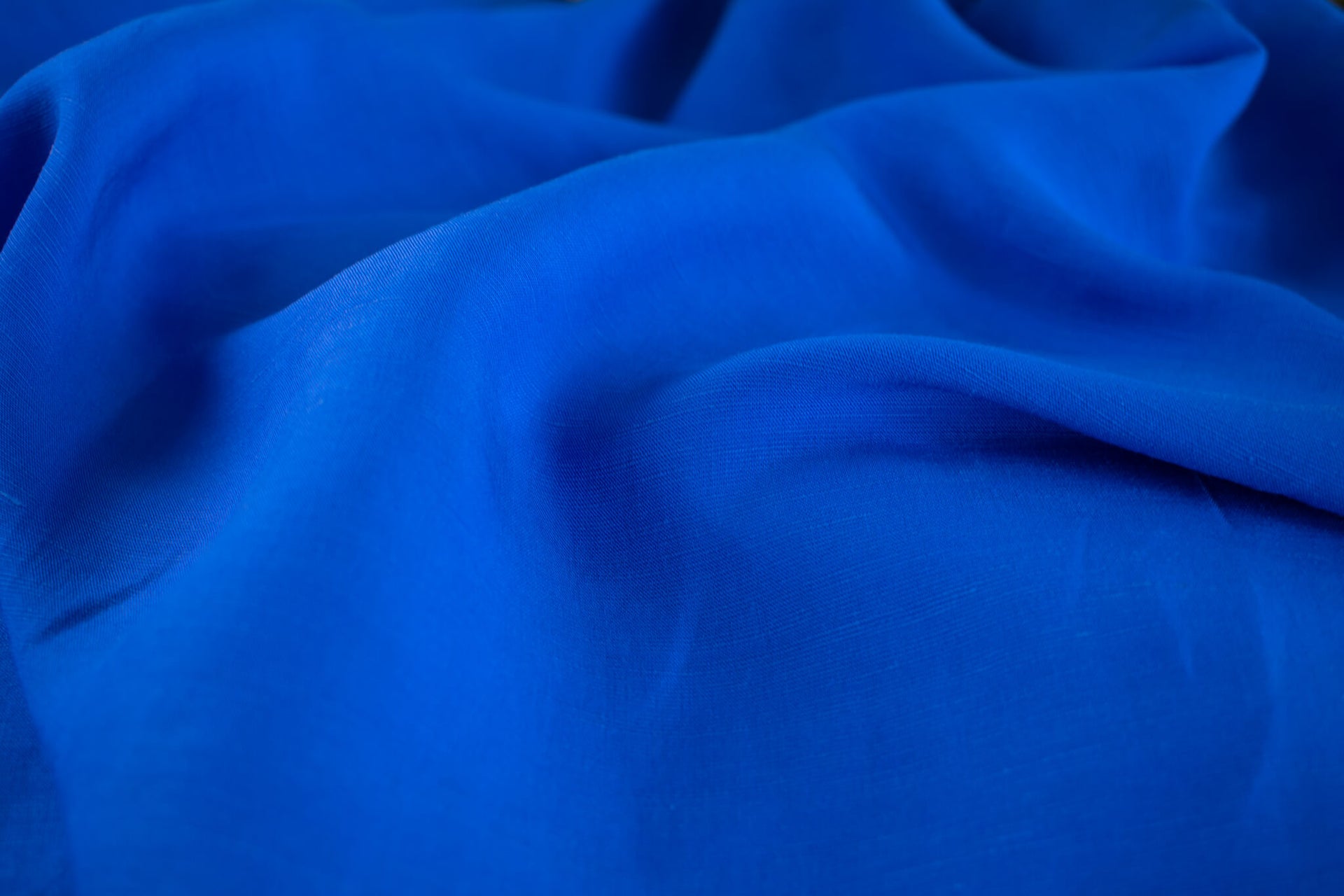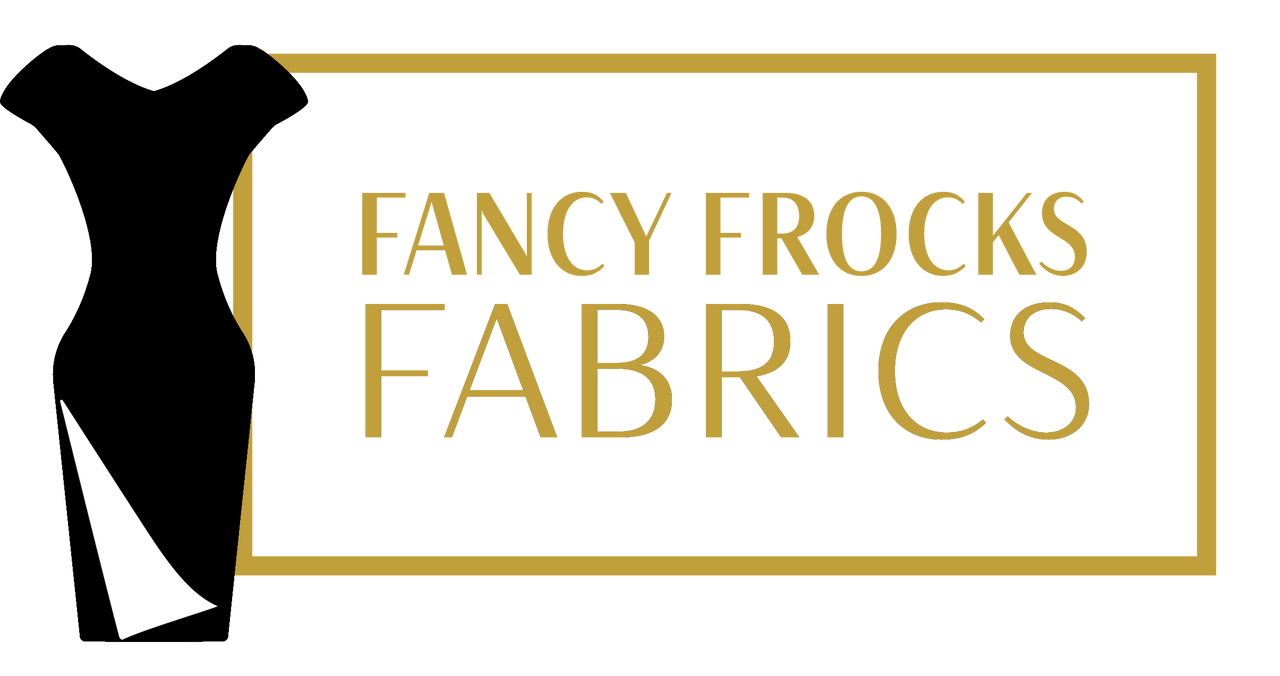
How to Find the Right Side of a Woven Fabric
Guidelines to Help You Choose the Right Side of Fabric
I know you’ve done this …You set your fabric under a bright light, taken it outside, folded part of it over to compare sides, examined the holes in the selvedge, wishing and hoping they will help direct you. And still, you’re not sure which side of the fabric is the face side. With eyes glazed over, you finally decide to just pick a side and be done with it. But wouldn’t it be nice if we had some clues?
Finding the right side of printed and textured fabric can be a bit easier to figure out if you know what to look for. Clearly, if you have a digitally printed fabric the design will be on the face side of the fabric. The wrong side of the fabric will usually be white with some of the print visible.
A jacquard or brocade can be a bit of a challenge, but thankfully both sides of the fabric are usually quite beautiful. The face, or right side of the fabric, will usually have the brighter more distinct design. You may decide to use both sides of the fabric in your garment perhaps using one side as an accent such as in piping, or as a design element where the sleeves and bodice pieces highlight the different sides of the fabric. Since both sides coordinate, it can be quite stunning and a true designer’s touch to make use of the fabric this way.
What about solid fabrics? At one time the small, tinter holes running along the selvedge could help you choose the right side of the fabric. Some would determine the right side of the fabric as the side with the raised-up tinter hole. Since practices differ among manufacturers, we really can’t rely on this method any longer. However, a little knowledge can help us figure things out.
When working with textures such as twills, napped or piled fabric, raised or puffed designs, ribs, cordings, or slubs, the more textured side is usually the fabric face, or right side of the fabric. When working with twills, twill lines run to the right along the lengthwise grainline in wool and silks. Cotton twill lines may run in either direction so, pick the side you like and stick with it throughout your project. It is a bit easier to determine the right side of a twill-like gabardine since it will only have lines on the face of the fabric.
For fabrics with a textured design element, examine the fabric to determine the direction of the design. You will then cut your pattern out according to the nap direction guidelines, all pattern pieces should be laid out in the same direction. This ensures that pattern design of the garment, when sewn together, will be in the same direction.
On fabrics such as velvet and corduroy you will notice that when you run your hand up or down the length of the fabric it feels different. Running your hand up the fabric, you will notice more resistance and the fabric appears darker. Most choose to lay out the pattern on the fabric so that the nap is smooth as it is heading down towards the hem of the garment. However, that isn’t a steadfast rule. Whichever direction you pick, make sure you are consistent throughout your project and layout your pattern per the nap directions guidelines on your sewing pattern. Otherwise, it will look like you were using two different fabrics.
If you are working with a solid linen or a silk shantung or dupioni you can choose either side, but it is a good idea to choose the side with fewer imperfections as the face side.
Tailors will often make it a practice to mark the fabric on the wrong side with tailor’s chalk to avoid confusion. Of course, test out your marking tool so that you know it will not leave a permanent mark on your fabric. In fact, it’s a good idea to use white chalk on white fabrics. Whatever method you choose, be consistent so that you develop good sewing habits that will help you create garments you love!

1 comment
I hand sew a tailors mark on my fabric yardage if I am not sure which side is the right side. It looks like an x on the right side, and two parallel lines on the wrong side. I forget where I learned this tip, maybe Claire Shaeffer’s books? It won’t rub away or leave a permanent mark, at least if needles won’t leave a lasting mark. Works great for me.